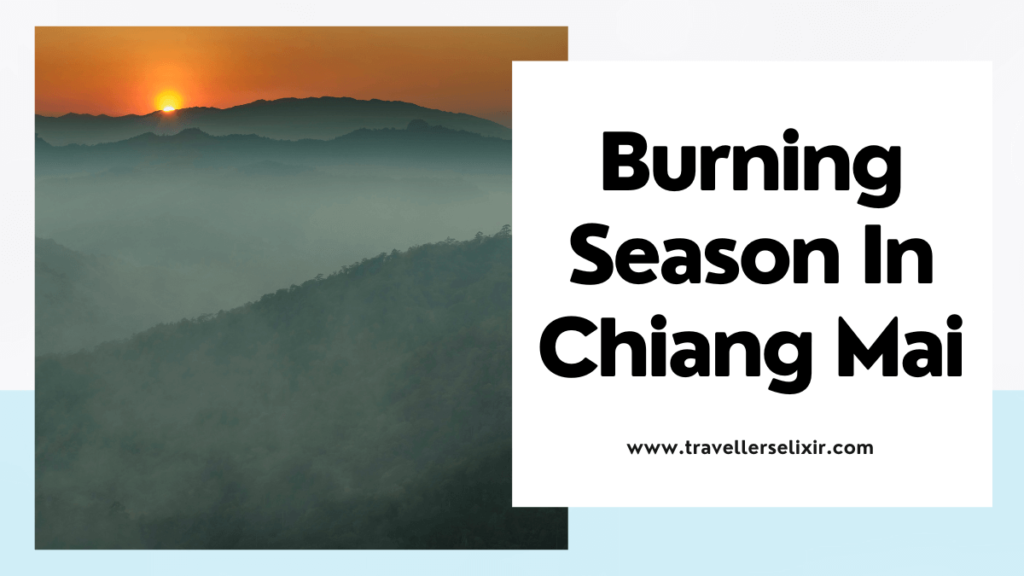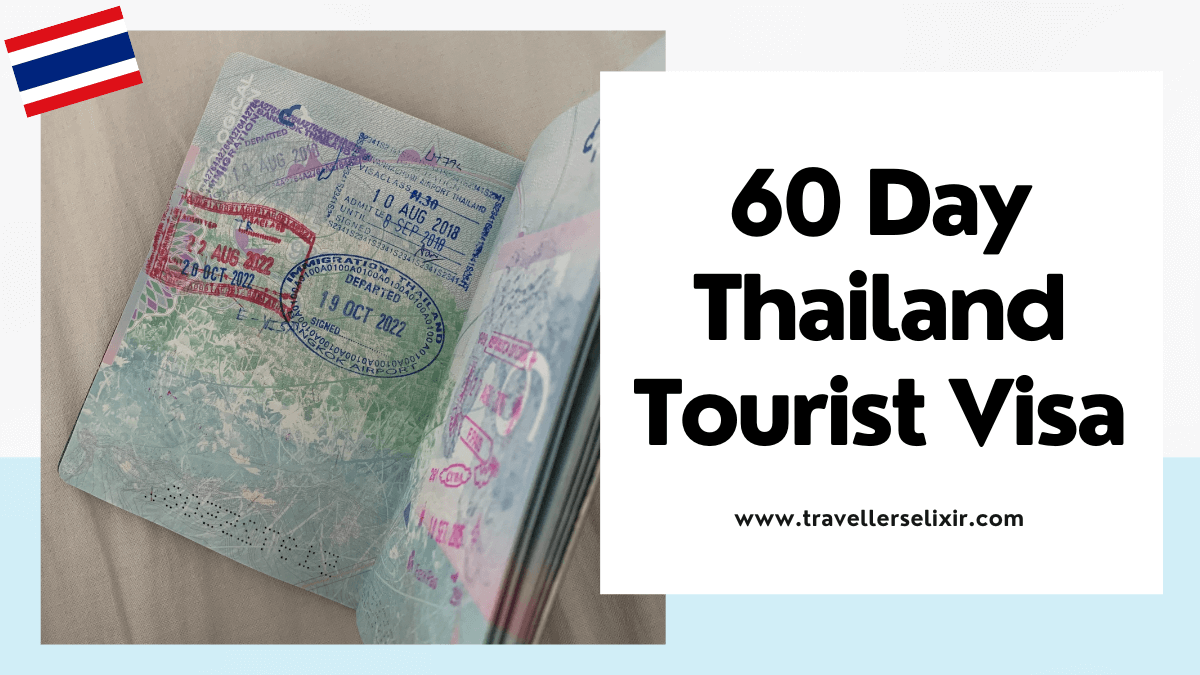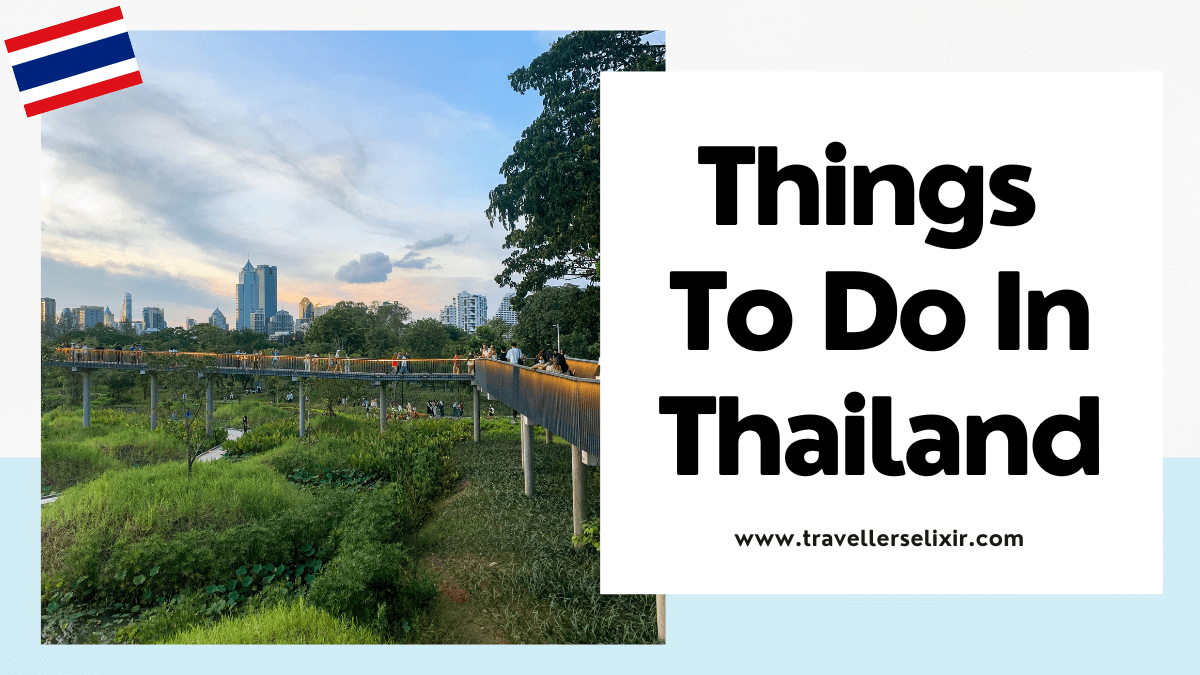Welcome to Chiang Mai, where the vibrant culture and picturesque landscapes are enough to take your breath away.
But hold on to that breath, because during the burning season, the air quality can be a bit…questionable.
Yes, it’s that time of the year when the city is shrouded in a hazy cloud of smoke, and the infamous burning season descends upon us.
In this guide, I’ll tell you what to expect during the burning season in Chiang Mai and I’ll explain how to stay healthy and avoid respiratory problems too.
What Is The Burning Season in Chiang Mai?
Burning season, also known as smoky season, is the period of time when the air quality in northern Thailand, particularly Chiang Mai, drops really low.
During the burning season, the city becomes enveloped in a thick haze of smoke, which can make breathing difficult and can cause health problems for some people.
Many travelers aren’t aware of this and get a bit of a shock when they arrive. The smog can cause health problems (even for healthy people) if you don’t deal with it correctly.
When Is Burning Season In Chiang Mai?
Chiang Mai’s burning season usually takes place between January and April each year.
It is generally over by mid-April and the peak tends to occur in March however the exact timings do vary each year.
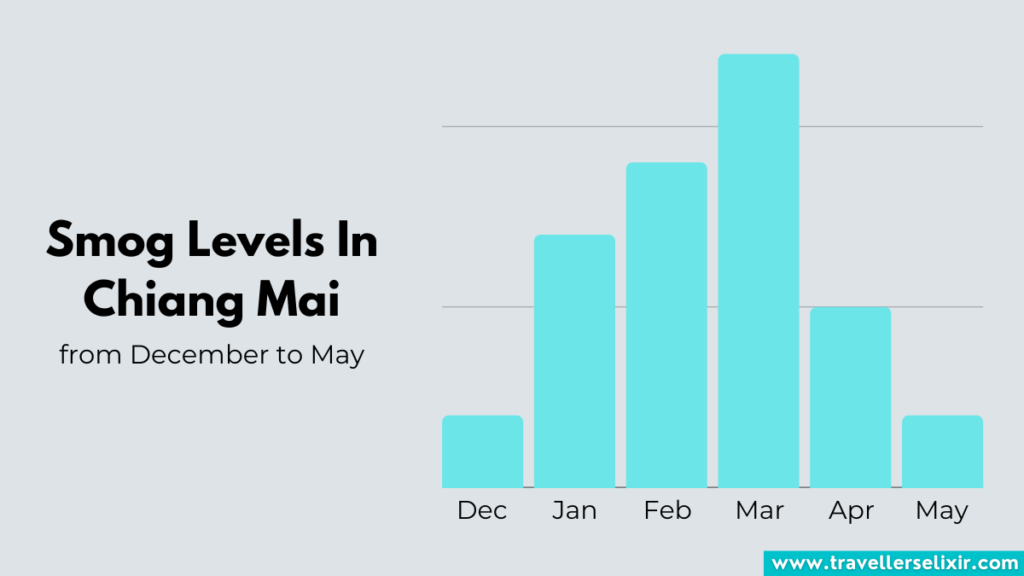
What Causes Burning Season?
The burning season in Chiang Mai is primarily caused by the practice of so-called ‘slash-and-burn agriculture’ which is basically where farmers burn their leftover vegetation after harvesting their crops.
This method is used to clear the land quickly and cheaply and the ash from the burning also serves as a natural fertilizer for the next crops.
Unfortunately for us and the whole of Chiang Mai, this also releases a lot of pollutants into the area which leads to poor air quality and reduced visibility.
As you can imagine, the practice is generally frowned upon by the locals due to health concerns but unfortunately many farmers still do it anyway.
There are also some other smaller factors which make burning season even worse including naturally occurring forest fires and the emissions from cars, vans and tuk tuks.
As Chiang Mai is surrounded by mountains, all of this pollution and smog gets trapped inside the valley.
It is also really dry in Chiang Mai from October onwards and the lack of rain means that there is nothing to clean the air so the pollution builds up.
By February/March, there hasn’t been any significant rainfall for months and months so the smog builds up to high levels within the city.
What Happens During Burning Season?
During the burning season, you can expect temperatures in Chiang Mai to soar.
The heat begins to rise in January and then gets hotter throughout February and hits an all-time high in March.
Here’s the average peak temperatures:
- January – 84ºF (29ºC)
- February – 91ºF (33ºC)
- March – 95ºF (35ºC)
If you’re visiting Chiang Mai during these months then the heat can be almost unbearable so you’ll probably avoid going out during the daytime.
From February, the smog begins to build up which reduces visibility in the city.
This accelerates during March when you can expect the pretty blue skies to be replaced by a thick gray haze.
Normally in Chiang Mai you’d be able to see mountains in the distance but these definitely won’t be visible anymore. They’ll be covered in thick gray smoke.
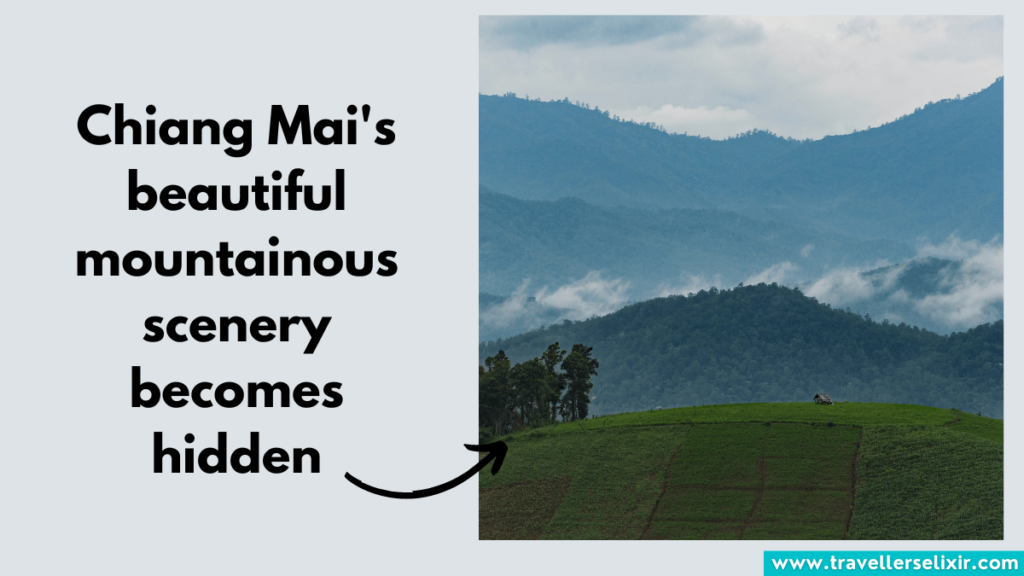
At the peak of burning season, you may even find it difficult to see nearby buildings through the fog. The smell of smoke also lingers in the air which can be a bit unpleasant.
Whilst there is no official start and end date, burning season tends to be over by mid-April but this can vary each year.
The smog doesn’t fully clear until the rain comes and clears the pollution out of the sky.
It tends to start raining a bit at the end of April and throughout May which clears the smog out of the air.
Burning season mainly affects northern Thailand but does also cause problems in the neighboring countries of Myanmar and Laos.
When Is The Peak Of Burning Season In Chiang Mai?
Chiang Mai’s burning season tends to peak in March but this can vary each year.
How Will Burning Season Affect Me?
Now if the thick fog wasn’t bad enough, it can also lead to health problems for certain people and it causes a lot of issues for visiting tourists.
Firstly, as Chiang Mai gets super hot during burning season, it can be very uncomfortable to be outside.
You won’t want to be walking around in the middle of the day unless you want to have enough sweat to fill a bucket.
Visiting during burning season also means that you’ll miss out on a lot of Chiang Mai’s stunning views and scenery due to it being covered with thick smog.
The nearby mountains of Doi Suthep, Doi Saket, Doi Inthanon and Doi Khun Than are absolutely breathtaking but they won’t be visible from the city at this time of year.
Health Concerns
And that’s not all, burning season can actually cause respiratory issues for some people.
If you already suffer from a respiratory disease like asthma or you tend to be affected by pollution then your issues might worsen and breathing could become difficult.
And it’s not just people with pre-existing conditions that are affected, the toxic air can have effects on everyone, even if you’re a healthy adult.
Burning season is especially dangerous for young children, the elderly and anyone with a respiratory condition so it’s best to avoid Chiang Mai at this time of year if you fall into one of these categories.
The smog has even been so bad some years that flights into Chiang Mai have been canceled due to the poor visibility. Hospital visits also spike in northern Thailand during this season.
How To Deal With Burning Season In Chiang Mai
If you’re planning a trip to Chiang Mai during the burning season then here’s my top tips on how to deal with it.
1. Get Out Of The City
To be honest, the best option is to avoid burning season all together.
I’d personally avoid traveling to Chiang Mai during January, February or March.
There are plenty of other places to visit in Thailand during these months including Koh Samet, Koh Samui, Phuket or Bangkok.
If you don’t want to go too far then you could travel from Chiang Mai to Luang Prabang in Laos where the smog issues are nowhere near as bad.
2. Wear A Mask
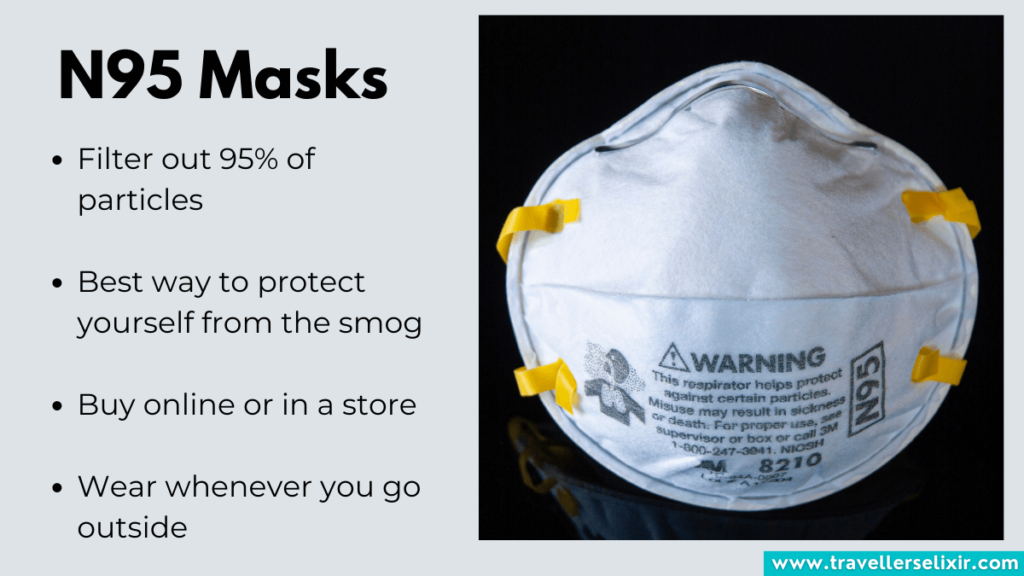
If leaving Chiang Mai isn’t an option for you and you’ll be in the city during burning season then why not tackle it like the locals do?
Most locals wear masks to protect themselves from the poor air quality.
You can buy cheap masks all over Chiang Mai however these masks won’t filter out all of the harmful particles and are essentially useless.
You need to purchase a N95 grade mask which will protect you from 95% of the harmful particles.
These will be advertised as N95 filter grade so check the packaging carefully.
It’s really important that you buy the right type of mask, especially if you already have respiratory issues, else it just won’t help you.
You can buy these types of masks either online before you go or in local shops around Chiang Mai. They generally cost around 150 baht ($4.30) at shops.
Make sure you get one that fits snugly around your mouth and nose and doesn’t allow any toxic particles to get in.
3. Purchase An Air Filter Or Purifier
Another good way to help reduce the harmful effects of the burning season in Chiang Mai is to purchase an indoor air filter.
These devices filter out the harmful particles providing you with purer air and can really make a big difference, especially if you have respiratory issues.
You can purchase one of these online or in a local shop in Chiang Mai.
This one is ideal if you’re a digital nomad/slow traveler and you’ll be staying in Chiang Mai for a while.
4. Stay Indoors
Finally, probably the best way to protect yourself from the harmful air is to simply stay indoors as much as possible.
This helps protect you from the polluted air and you can find some respite from the hot temperatures outside.
Staying indoors, coupled with an indoor air filter, is the best way to deal with burning season in Chiang Mai.
If you do need to go out, try to head out in the early morning or in the evening when the temperature won’t be as high and the air pollution is a little lower. Also make sure you wear your N95 mask.
Remember to also keep your windows closed during the day because if you have them open then the toxic air will enter your room and you won’t be any better off.
And that’s it!
Thanks for reading this post all about the burning season (or smoky season) in Chiang Mai, Thailand.
Chiang Mai is a popular spot for digital nomads who often stay in the city for a few months.
You can actually apply for a 60-day tourist visa for Thailand which is ideal for this kinda traveling.

